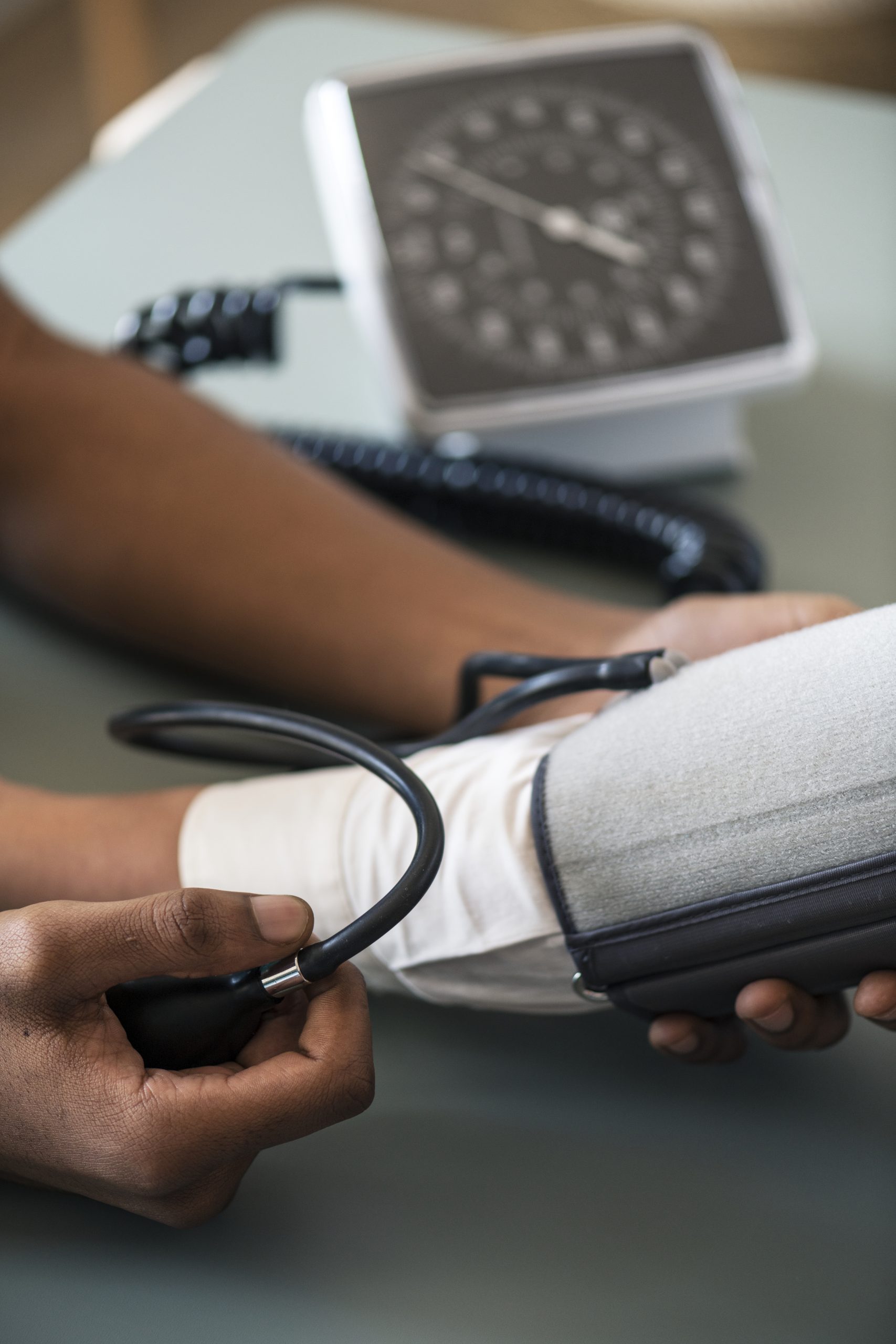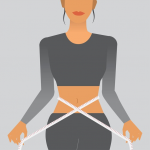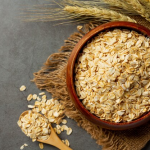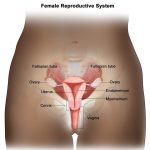Hypertension is blood pressure that is constantly abnormally high. Blood pressure is the pressure of the blood in your arteries.
The blood circulation is a closed system in which the pressure is constantly changing. As the heart pumps blood out, it rises to a peak called systolic pressure at the height of contraction with each heartbeat. It then drops to a lower level called diastolic pressure, which it reaches just before the heartbeat. Diastolic pressure is a pressure that fluctuates between heart beats. In addition to changes during the cycle, blood pressure is constantly changing with the level of physical exertion, anxiety, stress, emotional changes and other factors. Therefore, only one measurement is meaningless and blood pressure should be checked at rest at different times. Blood pressure is measured in millimetres of mercury (mmHg). Hypertension is usually defined as a systolic blood pressure of 140 mmHg or more at exertion (large blood pressure) or a diastolic blood pressure of 90 mmHg or more at rest (small blood pressure).
Lifestyle changes such as dietary control and increased exercise are important for anyone with increased blood pressure.
For systolic pressure of 160 mmHg or more and/or diastolic pressure of 100 mmHg or more, medication is usually recommended.
When blood pressure is between 140/90-160/100 mmHg, tablets may not be necessary provided there are lifestyle changes and there is no risk of high cholesterol, smoking or a history of stroke or heart attack.
Diastolic pressure of 90-109 mmHg is found in about 20 percent of the middle-aged adult population. It is less common in young people and more common in the elderly. A diastolic pressure of 110-129 mmHg occurs in about four percent of the adult population. However, it is believed that there are many people with high blood pressure who are not aware of it.
Symptoms
Contrary to popular belief, high blood pressure (hypertension) rarely causes symptoms unless secondary complications develop in an artery, kidney, brain, eye or other area. Uncomplicated high blood pressure does not cause dizziness, headache, fatigue, nosebleeds or facial flushing.
Causes
In about 90% of cases, the cause of hypertension is unknown, in such cases it is called primary (essential) hypertension. Primary hypertension is very common and affects about twenty percent of the adult population.
Lifestyle and genetic factors may also play a role. It is slightly more common in men. Obese people and people who drink a lot of alcohol are more likely to have hypertension. Stress can also play a role.
In a small number of people, the underlying causes of hypertension include Cushing’s syndrome, kidney disease or, rarely, a tumor of the adrenaline-producing cells in the adrenal gland. Combined oral contraceptives can cause hypertension. In pregnant women, pre-eclampsia and eclampsia cause potentially fatal high blood pressure.
A general increase in blood pressure is known to damage the arteries; damage to the arteries can cause blood pressure to rise. Arterial injury affects the elasticity of the arteries, making them stiff and rigid. It also helps the development of atherosclerosis, a disease of the arteries that can cause them to narrow. This condition is more common in older people as the arteries become stiffer with age.
Diagnosis
Blood pressure is measured using two numbers, first systolic (the pressure in the arteries when the heart contracts and sends blood through the body) and then diastolic (the pressure in the arteries when the heart fills with blood between each heartbeat).
Blood pressure is measured using an inflatable cuff. This cuff is placed so that it wraps around the upper arm. The cuff is inflated and the doctor or nurse listens to the artery just below the cuff as the air is released. When a heartbeat is heard, the systolic pressure is recorded. When the sound disappears, the diastolic pressure is recorded. Sometimes an automatic computerized blood pressure machine is used.
Some people are nervous during visits to the doctor and this can cause a temporary rise in blood pressure. For this reason, hypertension is not usually diagnosed until blood pressure has been measured on three separate occasions. Blood pressure should be checked regularly. If you are diagnosed with high blood pressure, your doctor will also assess whether you are at risk of developing cardiovascular disease (a condition of the heart and blood circulation that can cause heart attacks and strokes). This will require further tests and you may be referred to a specialist.
Treatment
Treatment of hypertension involves lifestyle changes and, if necessary, medication. In most cases of mild hypertension, it is enough to change eating habits, exercise regularly, eat low-fat foods, stop smoking and, if necessary, reduce salt and alcohol intake to lower blood pressure to normal.
If these changes are not successful, medication is necessary.
Three main types of medication are used in the treatment of hypertension:
- Diuretics work by adding more water and salt to the urine and lowering the blood volume, thereby lowering the pressure. Diuretics are often the first choice of treatment for high blood pressure.
- Beta-blockers interfere with the hormone and nerve control of the heart by slowing it down and making it beat more slowly, thereby lowering the pressure.
- If you are at risk of developing diabetes, you may be advised to take medicines called ACE inhibitors, which relax your blood vessels.
- Finally, you may also be advised to take a calcium channel blocker, which will relax your heart vessels and help the blood to flow more freely.
- If the problem has a medical cause, such as a hormonal disorder, treatment usually results in a normalization of blood pressure.
Your treatment should be reviewed regularly. If you have made lifestyle changes (see Prevention) and your blood pressure has dropped to normal levels, your doctor may advise you to stop your medication for a trial period.
Complications
No one can afford to ignore high blood pressure as its complications cause death and severe disability more often than other diseases. Prolonged high pressures increase the aging process and are very harmful to blood vessels.
In particular, they contribute to the development of the deadly arterial disease atherosclerosis, in which hardening of the arteries is associated with deposits of cholesterol plaque and other material on the lining of the arteries.
Coronary thrombosis and stroke, the two major causes of death in the Western world, are major risks, but high blood pressure can also seriously damage the heart, kidneys and eyes. Hypertension should be investigated and every adult should have regular check-ups. Fortunately, effective and appropriate treatment can largely eliminate the additional risk of these serious complications.
Disease Prevention
- Make lifestyle changes: eat healthy meals with less salt and lose weight if necessary. Stop smoking, exercise regularly and cut down on alcohol and caffeine.
- Regular blood pressure checks are very important, especially if you have a family history of hypertension. Advice or treatments can be started before complications occur









